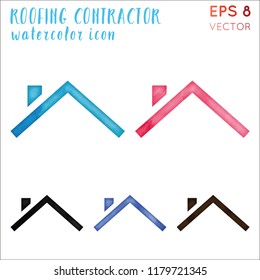Examine The Role Of Seasonal Factors In The Success Of Commercial Outside Painting And Discover The Very Best Times To Safeguard Lasting Results For Your Job
Examine The Role Of Seasonal Factors In The Success Of Commercial Outside Painting And Discover The Very Best Times To Safeguard Lasting Results For Your Job
Blog Article
Writer-Ford Whalen
When you're planning a business outside painting task, seasonal factors can make or break your results. You'll wish to consider exactly how temperature and humidity influence paint application and drying out times. Choosing the ideal period can guarantee your paint sticks correctly and lasts much longer. However which seasons are absolutely the most effective for this sort of job? Allow's discover the key elements that can impact your job's success.
The Influence of Temperature on Paint Application
When you're preparing a commercial exterior painting project, the temperature can significantly affect how well the paint adheres and dries.
Ideally, you want to repaint when temperatures vary between 50 ° F and 85 ° F. If it's too cold, the paint may not heal effectively, leading to issues like peeling off or breaking.
On the other side, if it's as well warm, the paint can dry also swiftly, preventing proper bond and causing an irregular finish.
You ought to also consider the moment of day; early morning or late afternoon uses cooler temperature levels, which can be more desirable.
Always examine the producer's recommendations for the details paint you're making use of, as they often give support on the excellent temperature level range for ideal results.
Humidity and Its Effect on Drying Times
Temperature level isn't the only ecological factor that affects your industrial external paint task; moisture plays a considerable function as well. High moisture levels can slow down drying times substantially, affecting the overall high quality of your paint work.
When the air is filled with moisture, the paint takes longer to heal, which can cause issues like poor bond and a higher danger of mold development. If you're painting on a specifically moist day, be gotten ready for extended delay times in between coats.
It's crucial to check regional weather conditions and plan appropriately. Preferably, go for moisture levels in between 40% and 70% for ideal drying.
Keeping these factors in mind ensures your project remains on track and provides a long-term finish.
Best Seasons for Commercial Outside Paint Projects
What's the best season for your commercial external painting tasks?
Springtime and early autumn are generally your best bets. During these seasons, temperatures are moderate, and moisture levels are often reduced, producing ideal problems for paint application and drying out.
Stay Read Home of summertime's intense heat, which can cause paint to completely dry also promptly, bring about poor attachment and coating. Similarly, sherwin williams regina can impede proper drying out and treating, risking the durability of your paint task.
Go for days with temperature levels between 50 ° F and 85 ° F for ideal outcomes. Remember to examine https://small-job-painters-near-m97541.blogoscience.com/40603818/residence-painters-the-hidden-active-ingredient-for-a-dynamic-warm-and-refreshing-home-ambiance for rain, as wet problems can destroy your job.
Preparation around these aspects guarantees your painting job runs efficiently and lasts much longer.
Verdict
Finally, planning your industrial outside paint projects around seasonal factors to consider can make a significant distinction in the end result. By organizing work throughout the suitable temperatures and moisture levels, you'll ensure far better attachment and drying out times. Remember to keep an eye on neighborhood weather prediction and select the correct time of year-- spring and very early fall are your best options. Taking these steps will help you accomplish a sturdy and professional surface that lasts.
